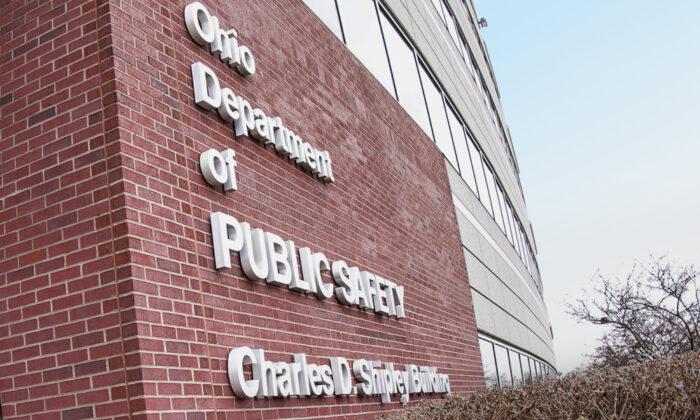In what is being touted as the largest private economic development project investment in Ohio history, Gov. Mike DeWine and Intel CEO Pat Gelsinger announced on Jan. 21 that the semiconductor manufacturing giant will place two of its fabrication plants in Licking County outside Columbus.
A $20 billion project, Intel’s microchip plants are aimed at enhancing the global economy, bolstering national security, and adding thousands of local jobs, DeWine and Gelsinger said.
Intel, which has plants in Oregon, Arizona, and now forthcoming in New Albany, near Columbus, plans to build the largest and most technologically advanced plants of its kind in the world.
Gelsinger boasted they will transform Ohio into “The Silicon Heartland.”
Within the next five years, Intel plans to set up shop and employ 3,000 people at the plants and helping create 7,000 construction jobs.
High-tech jobs at Intel will average $135,000 in annual pay to make microchips that Gov. DeWine said simply are “the brains that power everything in our future”—cell phones, cars, farming combines, electronics, and even artificial intelligence and security intelligence.

“We cannot take the access to technology for granted,” said Gelsinger, a native of western Pennsylvania. “This will make our supply chain more resilient.”
He added, “This sends a message to China and the rest of the world that our essential products will be made right here in the United States.
“In Oregon, we have formed ”the Silicon Valley,“ in Arizona we have formed ”the Silicon Desert,“ and in Ohio we will build ”the Silicon Heartland.”
Gelsinger, who was at the White House the morning of Jan. 21 where he got to introduce President Joe Biden for an event, said there has been strong bi-partisan support to keep microchip plants in the United States.
Intel reportedly had originally considered putting the plant in China, but that plan was blocked by the White House. It wasn’t known whether that plan was blocked by former President Donald Trump’s administration or Biden’s.
It is said to be Intel’s first major project in 40 years.
Construction on the first Ohio plant is planned to begin later this year and be completed by 2025.

“This is a major win for Ohio and a game changer,” DeWine said. “We worked, we fought, and we won to bring these jobs to Ohio.
“This is a special day for Ohio and a great day for Ohio,” DeWine added. “This is about American jobs, it’s about national security. We must make more products in the United States.”
Since the beginning of the pandemic, the United States has been plagued with supply chain and workforce issues as well as a major short of microchips.
That has been heavily evidenced by the Ford Motor Company.
The automaker’s Ohio Assembly Plant in Avon Lake near Cleveland has had to park hundreds of heavy-duty trucks at nearby parking lots throughout Lorain County because the plant has not had microchips to install in them for several months.
The announcement for Intel’s project comes about seven months after construction started on the Taiwan-based and Apple Partner, Taiwan Semiconductor Manufacturing on a new $12 billion chip plant in northern Phoenix, Arizona.
The Taiwan company, which is Intel’s rival, purchased land near where three major interstates converge in the Grand Canyon State—Interstate 17, State Route 51 and the Loop 101, which is a north-south bypass that goes through the burgeoning suburbs west of Phoenix.
Intel also supports community and non-profit organization projects through matching grants, he said.
“We are investing in Ohio, and we will continue to invest in Ohio,” Gelsinger said.




